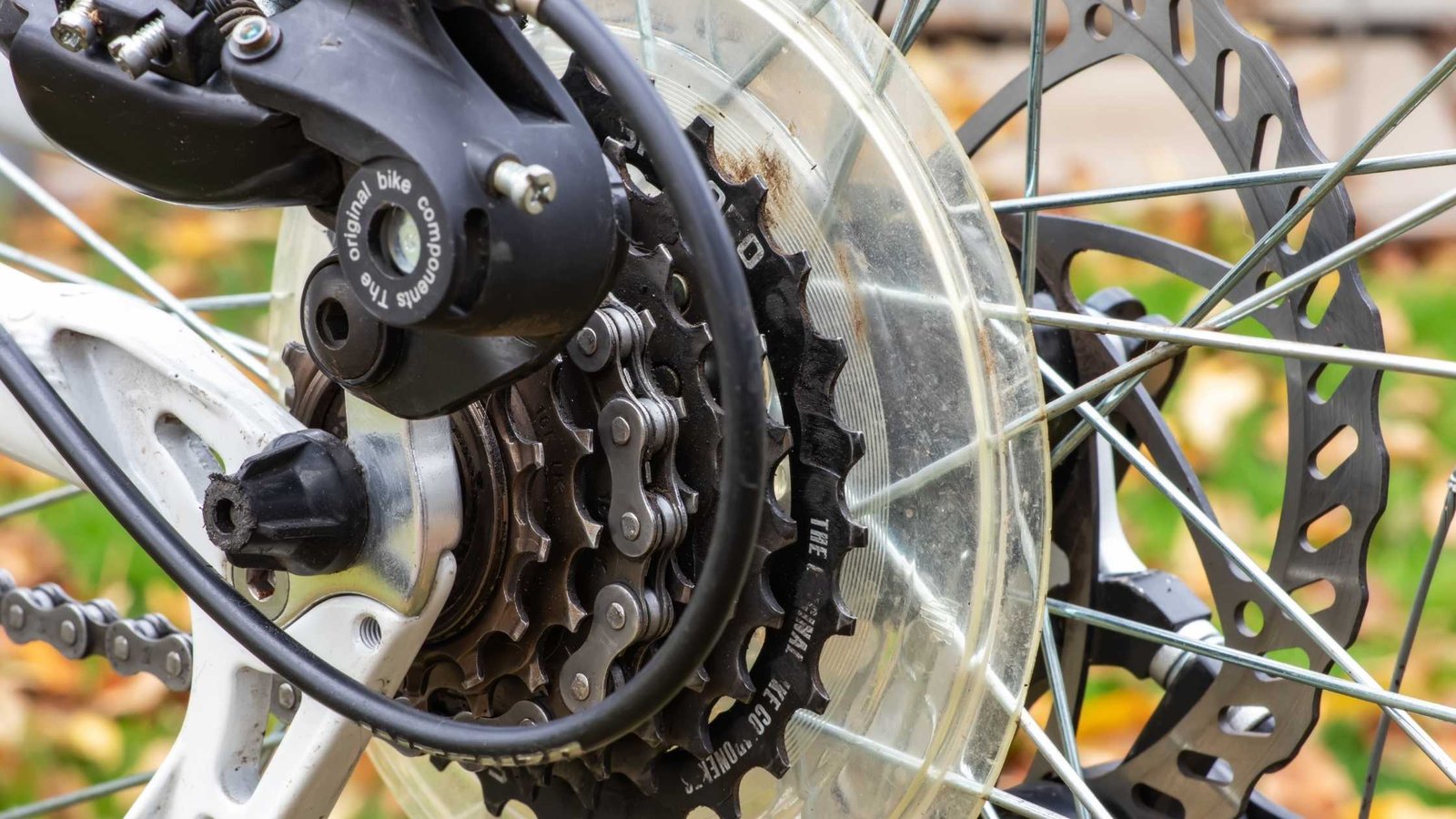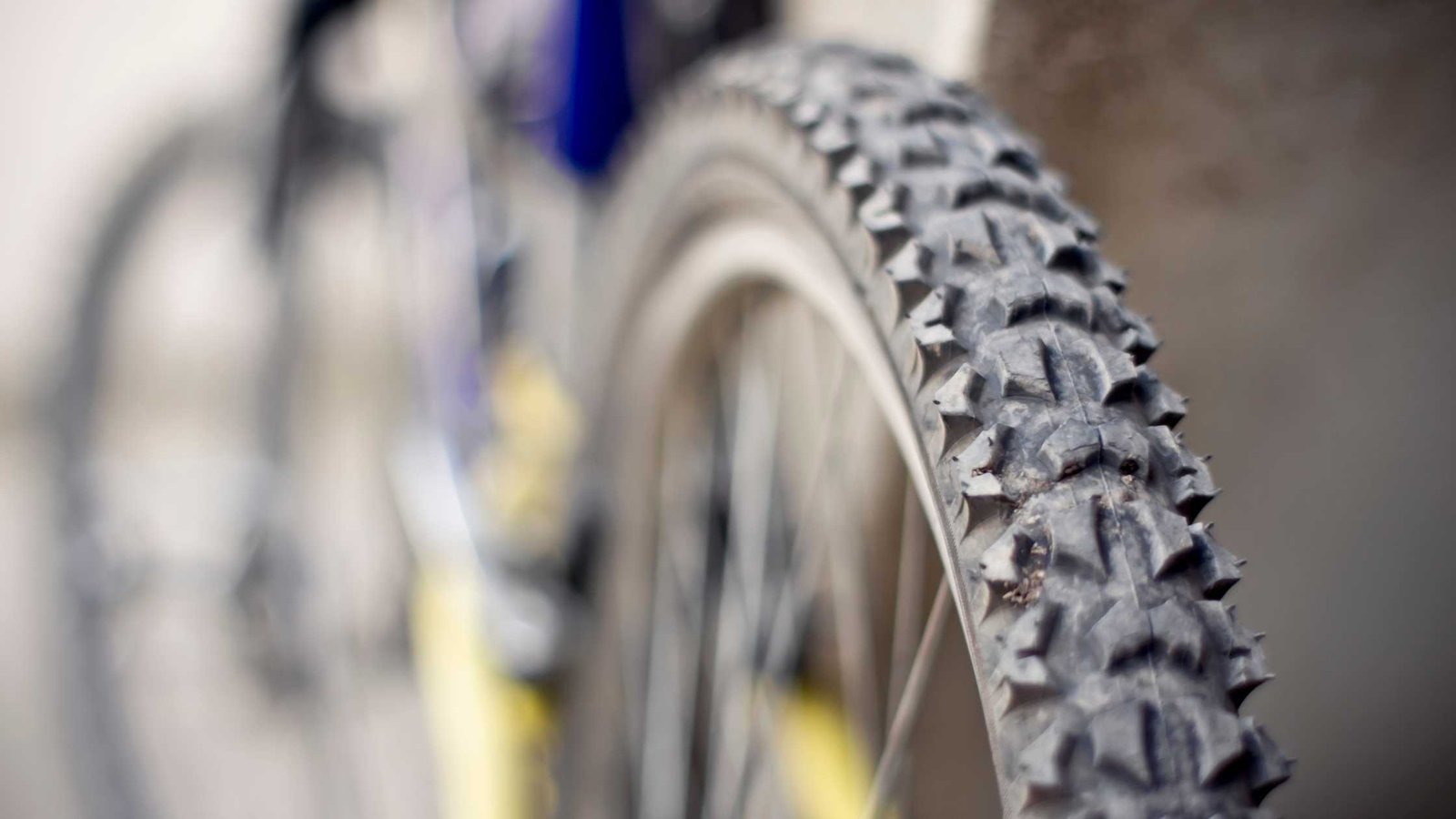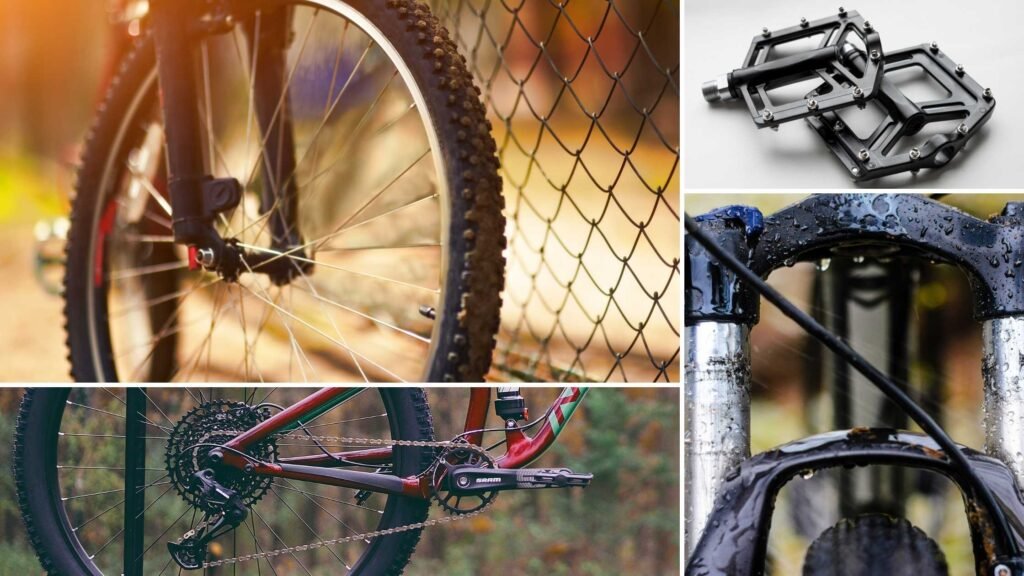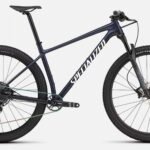When you get your first Specialized Chisel, you might think it’s already perfect — light, fast, super-efficient on climbs.
But after a few months, you will realize it’s kind of like a blank canvas. And, you’ll want some of the Best Upgrades for Specialized Chisel.
That will actually make a difference on real trails — not just fancy stuff for showing off.
Here is what you can upgrade.
1. Upgrade Your Wheels — Weight and Rolling Speed Matter

If I had to pick just one upgrade for the Chisel, it’d be wheels.
The stock ones are decent, but not mind-blowing.
The moment you switch to lighter, faster-rolling wheels — like a carbon wheelset — you’ll feel the difference right away.
Here’s why:
- Lighter wheels = faster acceleration. Especially noticeable on climbs.
- Better engagement hubs mean you’ll feel more connected when pedaling through tight switchbacks.
- Tubeless-ready rims save weight and reduce punctures.
If you ride cross-country or flow trails often, investing here will give you the most “wow” upgrade.
Also, once you go tubeless, you can experiment with lower tire pressures. It adds more grip and comfort — and it’s easier to maintain once you learn a bit about mountain bike maintenance.
2. Drivetrain: Shifting That Feels Crisp Every Time

The Chisel comes with SRAM or Shimano groupsets, depending on the model, but not always top-tier.
If yours has a Deore or NX Eagle, you might notice the shifting feels slightly clunky under load.
Upgrading to GX Eagle or XT makes a huge difference. Why?
Because you’ll get:
- Smoother shifting when climbing steep sections.
- Wider range cassettes for balancing speed and climbs.
- More durable derailleurs and cassettes.
Also, make sure you regularly clean and lubricate your chain. That alone can extend the life of your drivetrain parts. You can follow my guide on mountain bike chain maintenance for exact steps.
And if you want to know how shifting affects performance, you’ll love reading mountain bike gear shift — it explains when and how to shift for better power transfer.
3. Tires — Your Contact Point With Everything

Your Chisel might come with Fast Traks or Ground Controls, depending on the year and model.
They’re okay, but trail conditions vary — and your tires should too.
I’d suggest upgrading tires based on your terrain:
- For dry, hardpack trails: Maxxis Rekon Race or Schwalbe Racing Ralph.
- For mixed terrain: Maxxis Ardent Race or Specialized Fast Trak GRID (tough sidewalls, low rolling resistance).
- For wet or rocky trails: Michelin Wild XC or Maxxis Forekaster.
Tires also play a massive role in comfort. If you go tubeless, you can drop 2–4 PSI for better grip and still avoid flats.
And once you start riding more technical stuff, pair this with a tire insert system — it gives better rim protection without adding too much weight.
4. Pedals — Clipless or Flat?

Pedals are often underestimated, but trust me, they transform your ride feel.
If you’re still using basic stock pedals, it’s time to upgrade.
Now, whether to go clipless or flat depends on your style.
If you’re still confused, I’ve explained it fully in my article — Clipless vs Flat Pedals.
Quick summary:
- Clipless pedals: Better power transfer, ideal for XC and racing.
- Flat pedals: Better freedom, quick foot release on technical trails.
If you’re into climbs and sprints, clipless pedals help. If you ride playful or descending-heavy trails, go with flats like RaceFace Atlas or OneUp Aluminum.
5. Suspension Fork — Control & Comfort

The Specialized Chisel is a hardtail, and your fork is your only suspension. So it’s worth upgrading it.
If you have got the RockShox Judy or Recon, upgrading to a SID or Fox 34 Step-Cast will give you:
- Better small bump sensitivity.
- More precise steering.
- Adjustable rebound and compression for different terrain.
You will also get less hand fatigue on long descents.
For more on whether suspension upgrades are even worth it on a hardtail, check out Full Suspension vs Hardtail MTB — it’ll give you clarity before spending big.
6. Dropper Post — Excellent on Descents

If you don’t already have one, get it. A dropper post is the most fun-per-dollar upgrade.
It lets you drop the saddle instantly for descents or technical trails, then pop it back up for climbs — all while keeping control.
The PNW Rainier or OneUp V2 are both great, reliable, and smooth.
Also, it just makes your ride flow better. I honestly can’t imagine going back to a fixed post anymore.
7. Handlebars, Grips & Cockpit Setup

Comfort and control start with your cockpit.
If your hands or shoulders hurt on longer rides, try:
- Carbon handlebars: They reduce vibration (something you’ll appreciate after long rocky trails).
- Lock-on grips: Better feel and control. I like Ergon GE1 or ESI Chunky grips.
- Shorter stem (60–70mm): More agile handling, especially on twisty trails.
These little cockpit tweaks can make the Chisel feel totally new — responsive, fun, and less fatiguing.
8. Brakes — More Confidence, Less Effort

The stock brakes on Chisel are often mid-tier, and they do the job. But if you do longer descents, you’ll feel the fade.
Upgrade to Shimano XT or SRAM G2 RSC for a stronger bite and smoother modulation.
Also, consider larger rotors (180mm front, 160mm rear) — better stopping power and heat control.
If you ride mostly in the mountains, trust me, brakes are one place where spending money pays off big.
9. Saddle & Contact Points — Comfort Is Still Performance

After 2 to 3 hours on the trail, you’ll know exactly why saddle choice matters.
If yours feels stiff or gives numbness, switch to something ergonomic like the WTB Volt or Specialized Power Comp.
Combine it with padded gloves and a bib short — and your comfort level skyrockets.
And if you’re serious about improving your physical comfort and stability, check out core strength for mountain biking — it helps more than you think when your body’s aligned and strong.
10. Lightweight Components — Small Gains Add Up
Once you’ve got the big upgrades done (wheels, fork, drivetrain), then it’s time for fine-tuning.
You can reduce bike weight by upgrading:
- Seatpost (carbon)
- Stem (alloy or carbon)
- Tubeless setup
- Ti bolts, lighter pedals, and saddle rails
Each one might save just 50–100 grams, but combined, it adds up — and for a cross-country hardtail like the Chisel, that’s gold.
11. Maintenance & Setup Upgrades — Don’t Overlook Them

Upgrades aren’t just about hardware. How your bike feels often depends on setup and care.
Regular cleaning, chain lube, and gear tuning make your Chisel feel smoother than any fancy part will.
You can follow mountain bike maintenance for a complete checklist, or if you’re prepping for a ride, check out mountain bike pre-ride checklist.
Also, before long rides, don’t forget your warm-up exercises — they keep your muscles ready and reduce fatigue on climbs.
12. Training Your Body to Match the Bike
You can have the best bike, but if your endurance is low, you’ll never unlock its full potential.
I learned this the hard way when I upgraded everything but still got tired halfway through.
That’s when I started following a proper mountain bike training program.
If you combine structured training, core work, and consistent riding, even a base-level Chisel feels like a rocket.
And when you build stamina, you’ll notice upgrades like wheels and suspension really shine.
13. Accessories Worth Adding
If you ride regularly, a few accessories make your life easier:
- Frame protection kit (helps preserve paint when rocks fly)
- Multitool under saddle
- Small top tube bag for gels or snacks
- Mini pump or CO₂ inflator
You don’t have to overload your setup — just the essentials that make you independent on the trail.
Also, check mountain biking gear — it lists must-haves that many riders forget about until they need them.
Final Thoughts
The Specialized Chisel is already one of the best value hardtails out there. But the right upgrades make it climb faster, descend smoother, and handle better on every type of terrain.
You don’t need to change everything at once — pick what makes sense for your riding style and goals.
Start small. Upgrade wheels or fork first. Then drivetrain and cockpit. After that, comfort and control items.
Every upgrade should make your Chisel feel more like you.
FAQs
These are some important questions and their answers.
Is the Specialized Chisel worth upgrading, or should I just get a new bike?
Absolutely worth upgrading. The Chisel’s frame is lightweight and race-ready.
It’s basically a high-end foundation that performs like bikes in the $3k–$5k range when upgraded right.
Unless your frame is damaged or too small, upgrading is way smarter (and cheaper).
What’s the first upgrade I should do on my Specialized Chisel?
Go with wheels or a tubeless setup first. It’s the most noticeable change you’ll feel instantly — lighter, faster rolling, better grip. After that, go for the drivetrain or the fork, depending on your ride terrain.
How much should I spend upgrading a Chisel?
It depends. If you ride regularly, even a $500–$1000 budget can transform it completely.
Prioritize performance upgrades — wheels, drivetrain, fork — and skip cosmetic stuff unless you’ve already nailed the basics.
Are carbon upgrades worth it for a hardtail like the Chisel?
Yes, but only if you ride aggressively or race. Carbon wheels or bars reduce weight and vibration, giving smoother handling.
But even alloy components from reliable brands can feel amazing when tuned right.
Can I make my Chisel as good as a full suspension bike?
Not exactly. A hardtail will always ride stiffer on rough terrain.
But if you pair it with the right fork, dropper post, and tire setup — plus solid core strength training — you’ll get surprisingly close in comfort and speed.

Ali is the founder of Mountain Bike Insider and an passionate rider with years of hands-on experience in mountain biking. From testing gear to exploring trails, Ali writes based on real riding knowledge to help others make smart, safe, and enjoyable biking choices. Every guide is built on research, personal use, and a passion for the sport.







